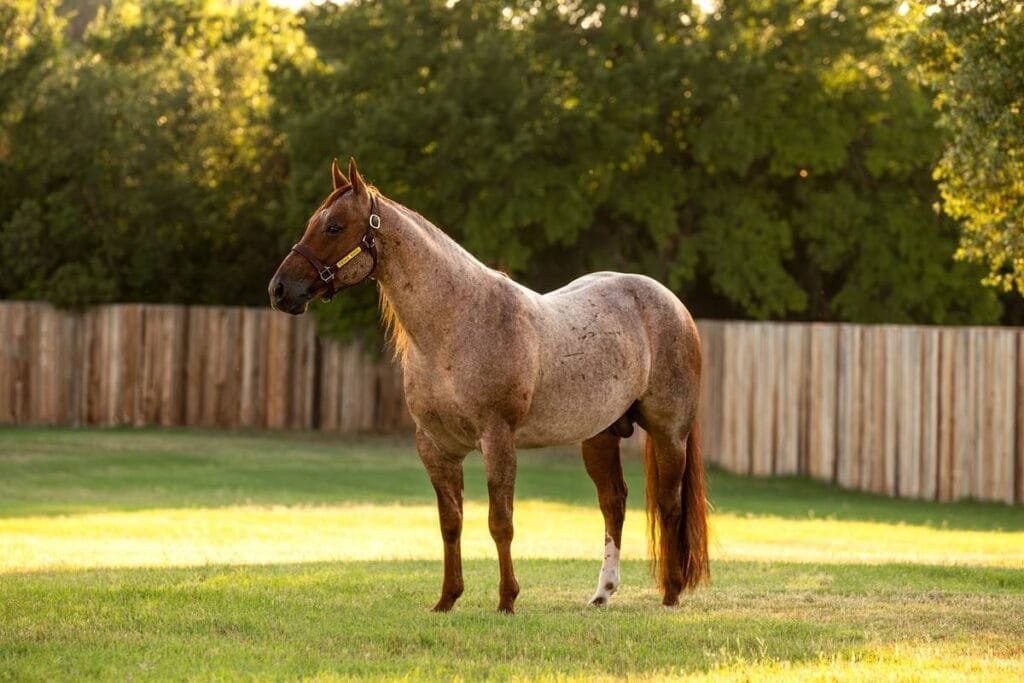American Indian Horse : Rich in Tradition and Symbolism, has Captured The Hearts of Horse Enthusiasts Around The World
Explore the captivating history and distinctive characteristics of the American Indian horse breed that has been cherished for centuries by the native peoples of North America. Discover its enduring heritage, remarkable adaptability and lasting bond with Native American cultures.
The American Indian Horse stands as a testament to the rich heritage and enduring spirit of indigenous peoples throughout North America. This remarkable breed, rich in tradition and symbolism, has captured the hearts of horse enthusiasts around the world. Let’s dive into the fascinating world of the American Indian Horse and uncover its unique characteristics.
Origin and legacy
The roots of the American Indian horse trace back to the arrival of Spanish conquistadors to the Americas during the 16th century. Spanish explorers brought with them strong horses of Andalusian and Barb ancestry, which interbred with the native horses of North America. Over time, these horses became an integral part of the livelihood and culture of indigenous tribes, serving as reliable companions, formidable horsemen, and symbols of power and prestige.
Available evidence indicates that Plains Indians began obtaining horses sometime after 1600, the center of distribution being Sante FC. This development proceeded slowly; Neither tribe became horse Indians before 1630 and probably until 1650.
Distinctive Features
The American Indian Horse exhibits a variety of physical characteristics that distinguish it from other breeds. Typically standing at 14 to 15 hands tall, these horses exhibit a strong body with strong, muscular legs and a compact frame. Their broad chest and well-defined shoulders contribute to their remarkable strength and stamina, making them suitable for a wide variety of tasks, from working in the fields to participating in long-distance rides.
American Indian Horse Characteristics
| Feature | Details |
|---|---|
| Height | 14 to 15 hands high |
| Weight | Typically 900 to 1,100 pounds |
| Lifespan | 25 to 30 years |
| Coat Colors | Various, including bay, chestnut, black, and pinto |
| Temperament | Intelligent, loyal, and gentle |
Adaptability and Flexibility
One of the most notable characteristics of the American Indian horse is its adaptability to diverse environments and climates. Through centuries of natural selection and selective breeding by the indigenous people, this breed has developed a strong constitution capable of thriving in harsh conditions. From the arid plains of the Southwest to the rugged terrain of the Rocky Mountains, these horses have proven their resiliency time and again, symbolizing the indomitable spirit of their ancestors.
Cultural Significance
For many Native American tribes, the American Indian horse holds deep cultural and spiritual significance. Revered as sacred creatures and revered for their role in tribal life, these horses are often featured in traditional ceremonies, art, and storytelling. Their presence is woven into the fabric of Native American mythology, symbolizing freedom, strength, and unity with the natural world.
In conclusion
The American Indian horse is a living embodiment of Native American heritage and resiliency. From its humble origins with indigenous tribes to its enduring legacy as a symbol of strength and independence, this remarkable breed continues to capture the imagination of horse enthusiasts around the world. As we celebrate the beauty and importance of the American Indian horse, let us honor its place in history and cherish the relationships it created between humans and horses.
Top Search Topics
- Akhal-Teke : a Timeless Wonder of The Horse’s Equine Beauty
- American Quarter Horse Breed: Discovering the Timeless Charm
- Exploring the Horse Heritage: About the World’s First Horse Breeds




